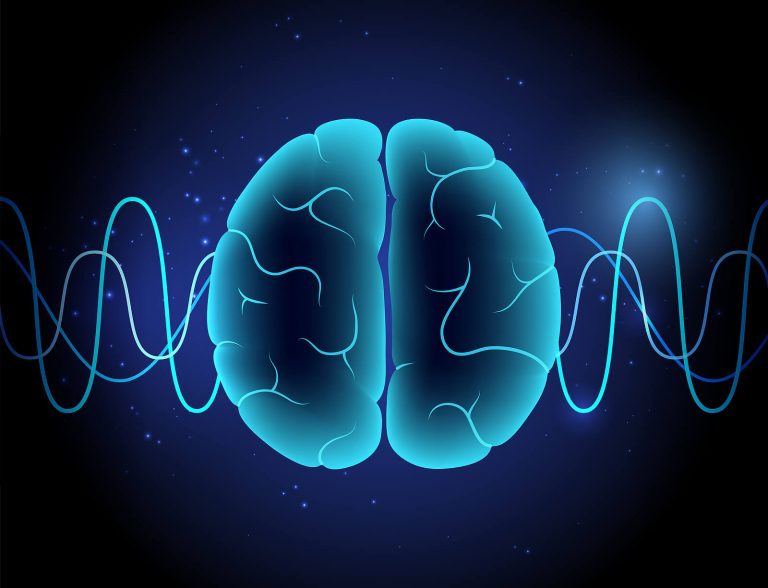What is Mindful Eating?

Mindfulness seems to be a buzz word in the society. Mindfulness is acutely a type of meditation in which you focus on being aware of what you are feeling in the moment, without holding on to judgment. So how does “mindful eating” come into play with the idea of mindfulness?
Mindful eating is maintaining an in-the-moment awareness of the food and drink you put into your body. Mindful eating encourages one to accept feelings, thoughts and sensations without judgment or attachment. Most of us live with constant pressure when it comes to eating. We can consciously or subconsciously latch on to words and phrases such as: diet, beach body, and weight loss. Mindful eating is an approach that avoids establishing rules food consumption. Rather, it is about focusing on your senses, body, thoughts and feelings. It allows you to focus on being present as you shop, cook, serve, and eat your food. In turn, your daily relationship with food might improve.
How Do I practice Mindful Eating?
Consider the five tips below. Remember, the act of mindful eating is a “practice”, meaning it is not meant to be perfect or rigid. Practicing mindful eating a couple times a week may lead you to be more in tune with your body, which can improve overall well-being and functioning.
- Use all 5 senses when shopping, prepping, serving and eating. Often times, when it comes to food, we are in a rush! Sometimes, you may even find yourself eating a meal in the car or on the go. Take some time to slow down. How do different foods look, smell, and feel, taste?
- Tune into your hunger cues: You want to try to eat when you are hungry. You may start to feel your stomach growl or rumble, energy levels may drop, and you might notice a shift in your mood. These are all signs that you are probably hungry and it is time to fuel your body!
- Focus on how your experience might shift: Between each few bites, take a moment to set down your utensils. Take time to consider how you are feeling, both physically and mentally. Observe what is going on in your environment. It takes about 20 minutes for the brain to connect with body hunger cues. So, if you eat slowly, you are giving your brain time to catch up to the body cues.
- Gratitude and appreciation: Take a moment to reflect on where your food might have come from. Are there plants or animals involved? How about transportation from the source to the grocery store? How does this change your perspective on your meal?
- Eat slow and chew thoroughly: Some dietitians suggest 20-40 chews per mouthful. It is probably unnecessary to count each time, but make sure you chew until you find the taste of the foods in your mouth. This allows you to naturally slow down and get more in touch with how your body is feeling and what thoughts and feelings go hand in hand.
While mindfulness is not for everyone, focusing on a few of the tips above may help you become more in tune with your body. As always, the mind/body connection is an important part of the human experience and mindful eating is just another tool in the toolbox to help you become more present!
Schedule a FREE Consultation Online
We serve the Denver Metro area of Colorado. Click the button below to Schedule an Initial Consultation. To Schedule Neurofeedback or Testing please call us at 720-248-8603
Recent Articles
What is Neurofeedback?
Neurofeedback is a form of biofeedback, a technique that uses sensors to measure brain activity with the intent of helping…
What to Expect in Autism Testing
Do you wonder if you or a loved one might be autistic? If so, getting tested can be helpful. The…
Mental Health and Maternity
Mental Health is Important! Pregnancy is a time of change affecting almost every aspect of a person’s life. Hormones are…
Neurofeedback for ADHD: How It Can Help
If you or someone you love has ADHD, you may already be familiar with the common treatments such as medication,…





